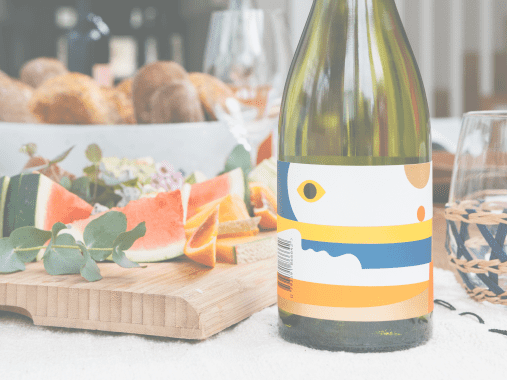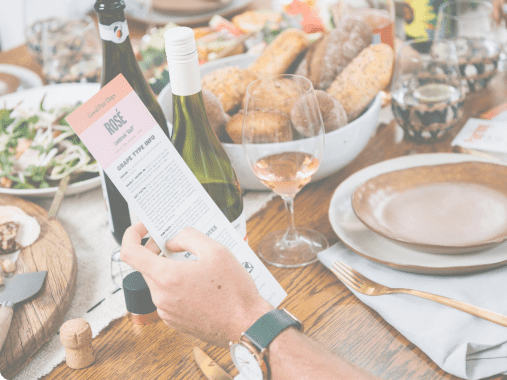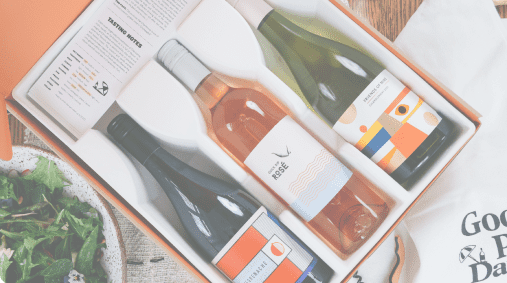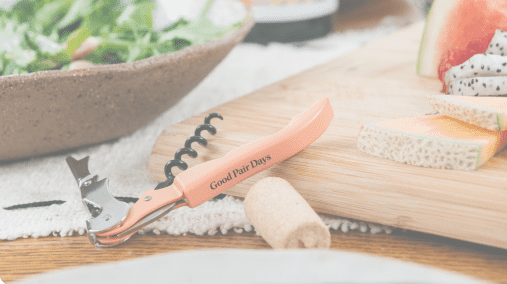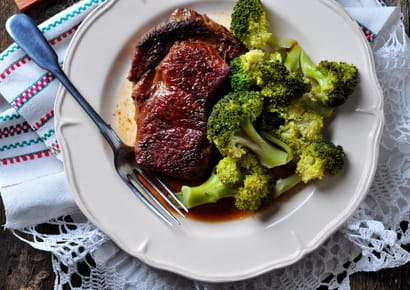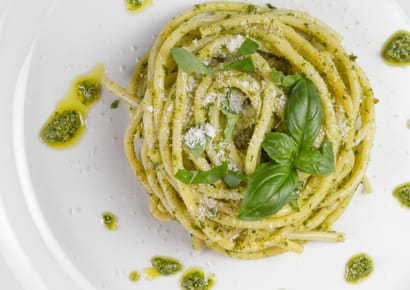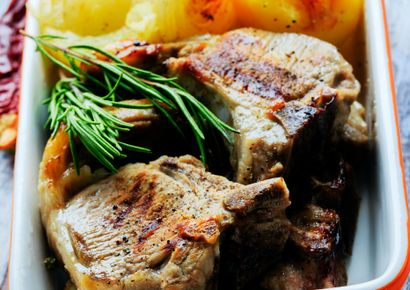Peter Drayton 'Ironbark Hill' Cabernet Merlot 2019
Primary flavours

Blackberry

Blackcurrant

Plum Skin

Capsicum

Cinnamon

Tobacco
Details
The Hunter Valley has been quietly knocking out quality Cabernet blends for a long time now, ignoring the fuss from Coonawarra or Margaret River and just going about its business. Peter Drayton has produced a fine knock with the Ironbark Hill Cabernet Merlot, with a nice array of blackberries and blackcurrants with some savoury plum skin notes as well.
Origin: It’s believed that the first wines made were in the Médoc region, in the west of France. Mainly Grown In: France leads the way here, with Bordeaux the big one. Also California, South Australia, central and northern Italy, plus Argentina. Key Facts: Found in almost all wine-producing countries of the world, Cab Sav is traditionally full-bodied, loaded with plenty of dark fruit (think blueberry and blackberry) and backed up by a zing of herbal/grassy kind of flavours. It’s also known for its strong backbone of tannin – that furry, drying sensation you sometimes get with red wines. Cabernet has plenty of it but is still a smooth talker regardless. In these blends, Cabernet takes the lead but is ably assisted by softer grapes like Merlot, Cabernet Franc, Malbec and friends. Cab makes friends easily... splash this around, and you will too. Fun Fact: Cabernet Sauvignon is a popular blending grape because it is a late ripener. Kind of like that friend that is always running late and needs a buddy to keep them on track, Cabernet does well blended with earlier ripening grapes like Merlot. Together they balance each other to make something truly divine and on time for the new vintage's wine release!
Origin: It’s believed that the first wines made were in the Médoc region, in the west of France. Mainly Grown In: France leads the way here, with Bordeaux the big one. Also California, South Australia, central and northern Italy, plus Argentina. Key Facts: Found in almost all wine-producing countries of the world, Cab Sav is traditionally full-bodied, loaded with plenty of dark fruit (think blueberry and blackberry) and backed up by a zing of herbal/grassy kind of flavours. It’s also known for its strong backbone of tannin – that furry, drying sensation you sometimes get with red wines. Cabernet has plenty of it but is still a smooth talker regardless. In these blends, Cabernet takes the lead but is ably assisted by softer grapes like Merlot, Cabernet Franc, Malbec and friends. Cab makes friends easily... splash this around, and you will too. Fun Fact: Cabernet Sauvignon is a popular blending grape because it is a late ripener. Kind of like that friend that is always running late and needs a buddy to keep them on track, Cabernet does well blended with earlier ripening grapes like Merlot. Together they balance each other to make something truly divine and on time for the new vintage's wine release!
Read more
Taste Profile
This wine’s tasting notes.
Sweetness

lowmediumhigh
Body

lightmediumfull
Fruitiness

nonesomelots
Tannins

lowmediumhigh
Acidity

lowmediumhigh
Oak

nonesomelots
Alcohol

low
(under 12%)medium
(12-14%)high
(14%+)
Taste Summary
This wine’s tasting notes are leaning towards medium bodied, low sweetness, with low acidity, some fruitiness, medium tannins, medium alcohol and some oak.
Specs
Region
Hunter Valley
country
Australia
Grape type
Cabernet Blend
Wine Maker
Peter Drayton
Alcohol
13.5%
Vintage
2019
Cellar period
1-3 years
Closure
Screw Cap
Production method
Single Vineyard
Temperature
Room Temperature 15°C-18°C
State
NSW
Pairing guide
When it comes to red blends, few combos can hold a candle to the world-beating mix of Cabernet Sauvignon and Merlot varieties. Rich, deeply flavourful and with an impressive length, it calls to be matched with boldly-flavoured dishes crafted from punchy ingredients. For our money, you can’t beat a red blend like this one with a proper ribeye steak and red wine sauce, but it’s also excellent with unctuous stews and casseroles made from lamb, duck legs or root vegetables, truffled potatoes and garlicky kale, stuffed mushrooms and lots of strong blue cheese. What’s not to love?
Read more
Food

Veal

BBQ

Grilled Meat

Lamb
Tastes

Bitter

Earthy

Rich
Moods

Adventurous

Excited

Relaxed
Seasons

Cooler Months
Recipe Matches
Wine region

Hunter Valley, Australia
The Hunter Valley is located in New South Wales, Australia. It is situated approximately 150km northwest of Sydney and is known for producing world-class Semillon and formidable Chardonnay, Verdelho, Sauvignon Blanc, and Shiraz.
The region has a long history of winemaking, with the first vines planted in the 1830s. Today, the Hunter Valley is home to more than 150 wineries, ranging from small, family-owned operations to larger, internationally recognized producers such as Tyrell’s Wines, Mount Pleasant Wines and Brokenwood Wines.
Hunter Valley comprises the following sub-regions: Upper Hunter Valley, Broke Fordwich, and Pokolbin. The region's climate is warm and humid, relying on rain, humidity, cloud cover and sea breeze to mitigate the warmth. Soil types vary across the region. Generally, Semillon performs well on the sandy alluvial flats, whereas Shiraz prefers the red loamy soil types.
Read more









